In the majestic atmosphere of the approaching 50th anniversary of the Liberation of the South and National Reunification (April 30, 1975 - April 30, 2025), let's join MLifeOn to learn and explore a typical historical work associated with this special event.
Overview of the Independence Palace
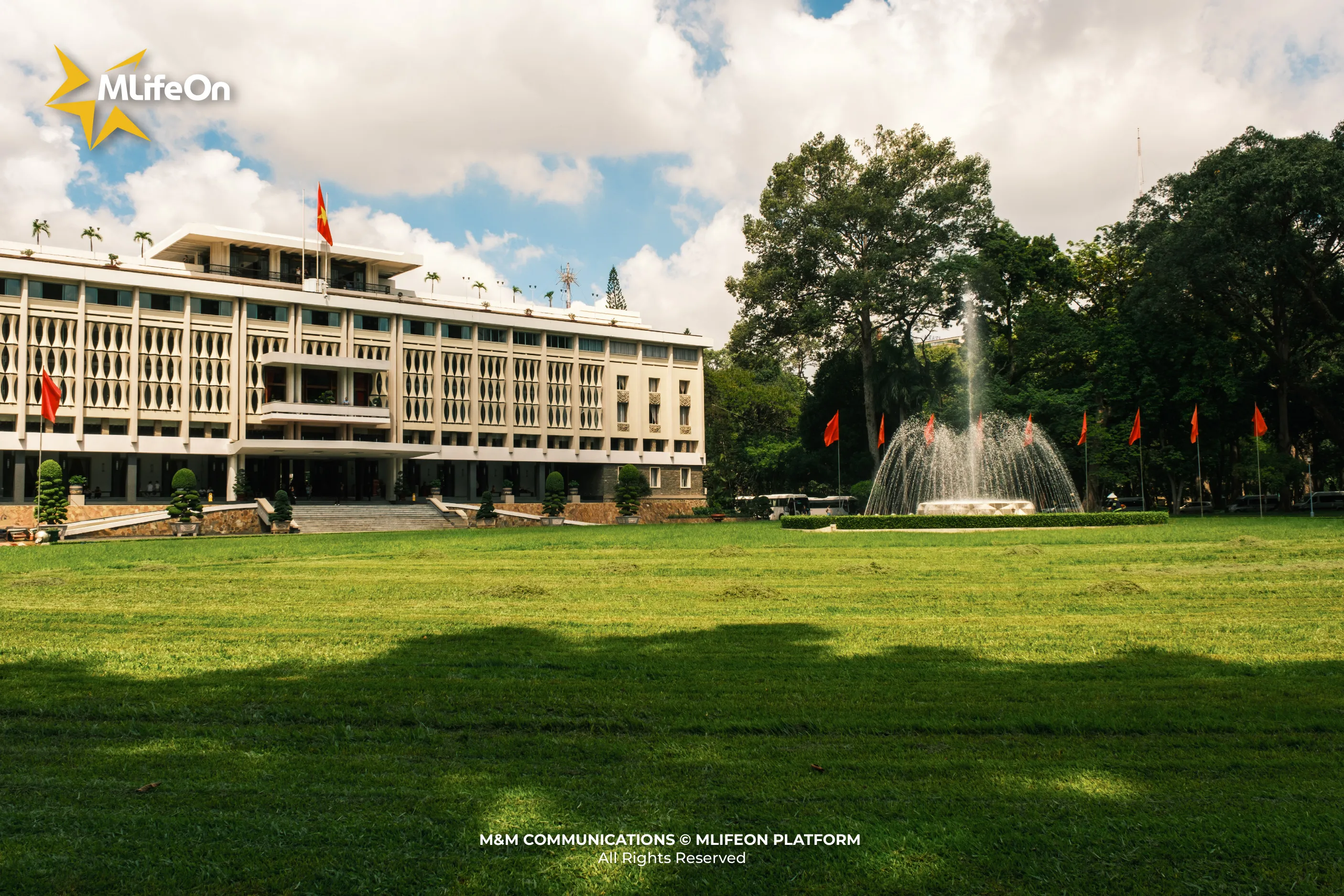
Located at 135 Nam Ky Khoi Nghia Street, Ben Thanh Ward, District 1, the Independence Palace, with its majestic appearance of the most luxurious mansion under the Governor General of Indochina, is currently one of the most popular tourist destinations in Saigon, especially as the April 30th holiday approaches.
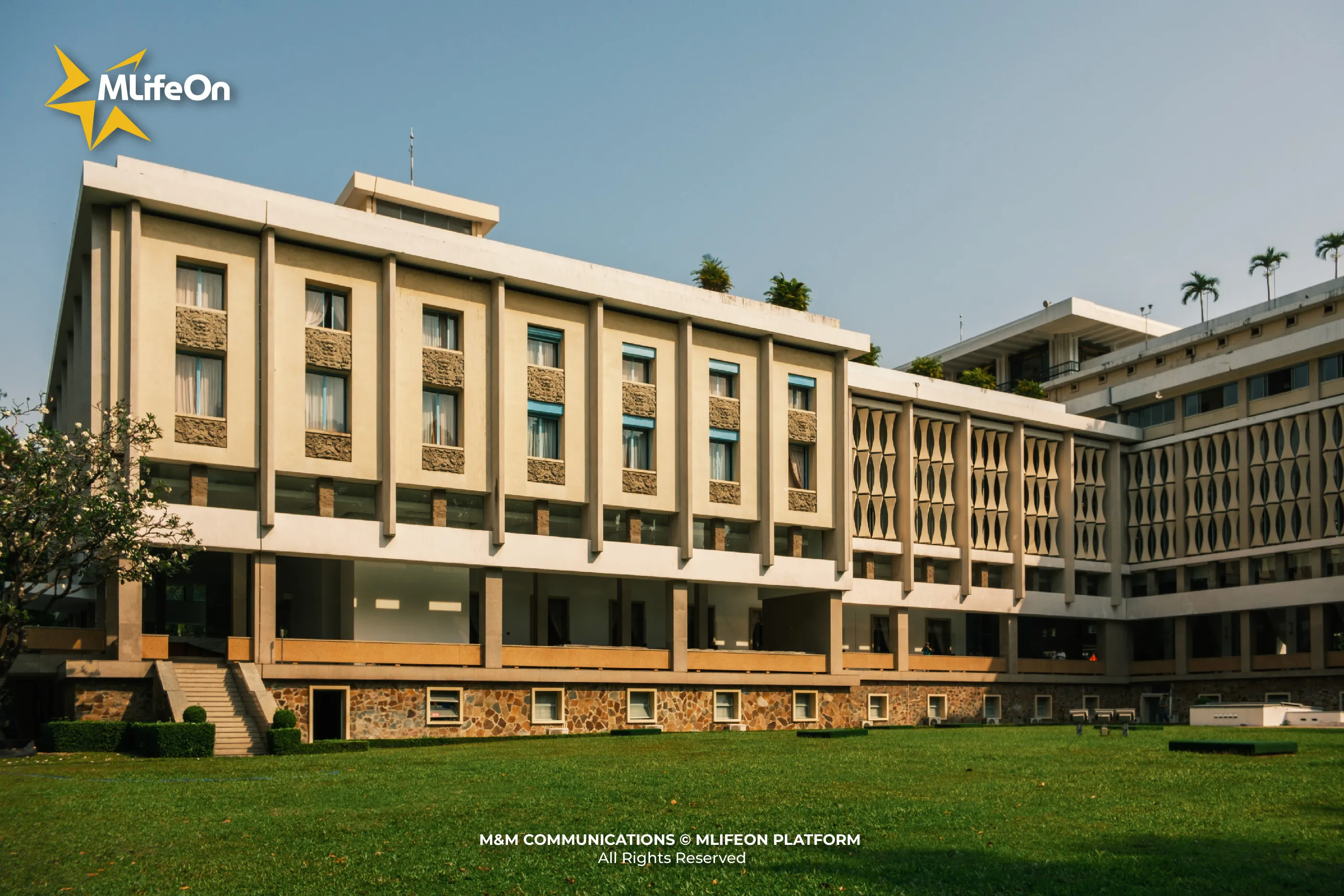
Not only does it have a large area of nearly 12 hectares, the Independence Palace also has a very special location with 4 facades. Specifically, surrounding this historic architectural work are the streets of Nam Ky Khoi Nghia, Huyen Tran Cong Chua, Nguyen Thi Minh Khai and Nguyen Du.
In particular, the main gate of the Palace is located on Nam Ky Khoi Nghia Street, opposite is 30/4 Park - another prominent tourist destination in the central area of Saigon.
Since 2009, the Independence Palace - the place marking the complete victory of the resistance war against the US to save the country, liberate the South, and unify the country - has been officially recognized as a special national monument (Decision No. 1272/QD-TTg, dated August 12, 2009).
Historical milestones
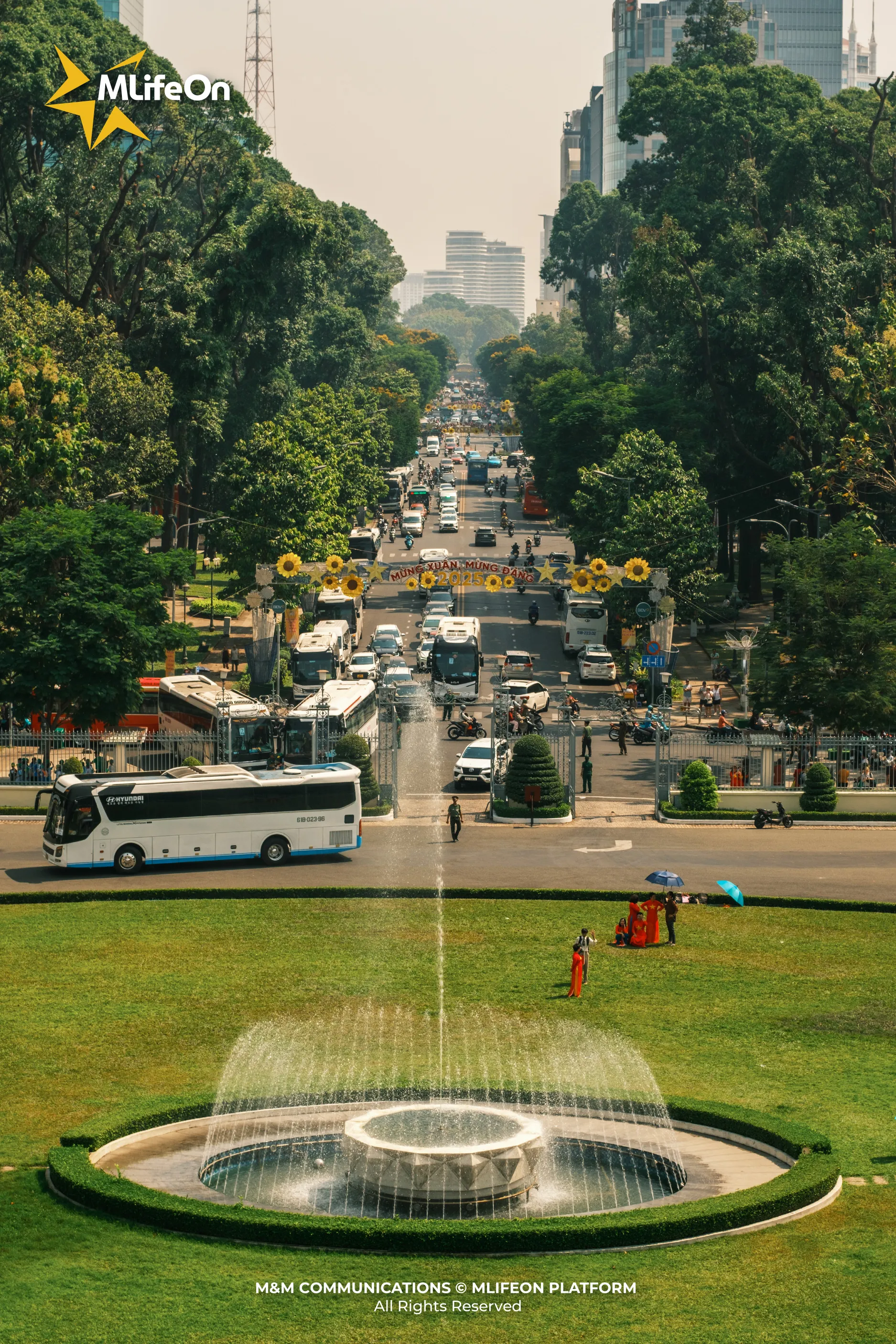
Construction began in 1868, the same year that France had just conquered 6 provinces of Cochinchina, Vietnam (including Bien Hoa, Gia Dinh, Dinh Tuong, Vinh Long, An Giang and Ha Tien), the Independence Palace was not only the new Governor's Palace of Cochinchina, but also considered a symbol of the power and wealth of the French government towards the people of the South, Vietnam at that time.
After 5 years of construction, the Independence Palace was officially completed in 1873. The project included a large mansion, with an 80m wide frontage, inside was a living room that could accommodate up to 800 people and an outer courtyard with many trees and lawns.
Initially, the Palace was reserved for the Governor of Cochinchina at that time, Gouverneur de la Cochinchine, so it was called the Governor's Palace. Later, the building was used as the residence and workplace of the Governor-General of Indochina, and was called the Governor's Palace (from 1887-1945).
For most of the period from 1945-1954, the palace became the workplace of the French government in Vietnam. Only for 6 months (from March 1945 to September 1945), Japan staged a coup against France, and the building was requisitioned as the base of operations for the Japanese government.
After 1954, France withdrew from Vietnam, marking the period when Vietnam was divided into two regions, the North and the South, with the Northern government being the Democratic Republic of Vietnam, and the South being the "State of Vietnam" (later the Republic of Vietnam).
By 1955, the Governor's Palace was known by new names such as Independence Palace, Presidential Palace or Dragon Head Palace. These names were born when Head of State Bao Dai was deposed and Ngo Dinh Diem officially became President.
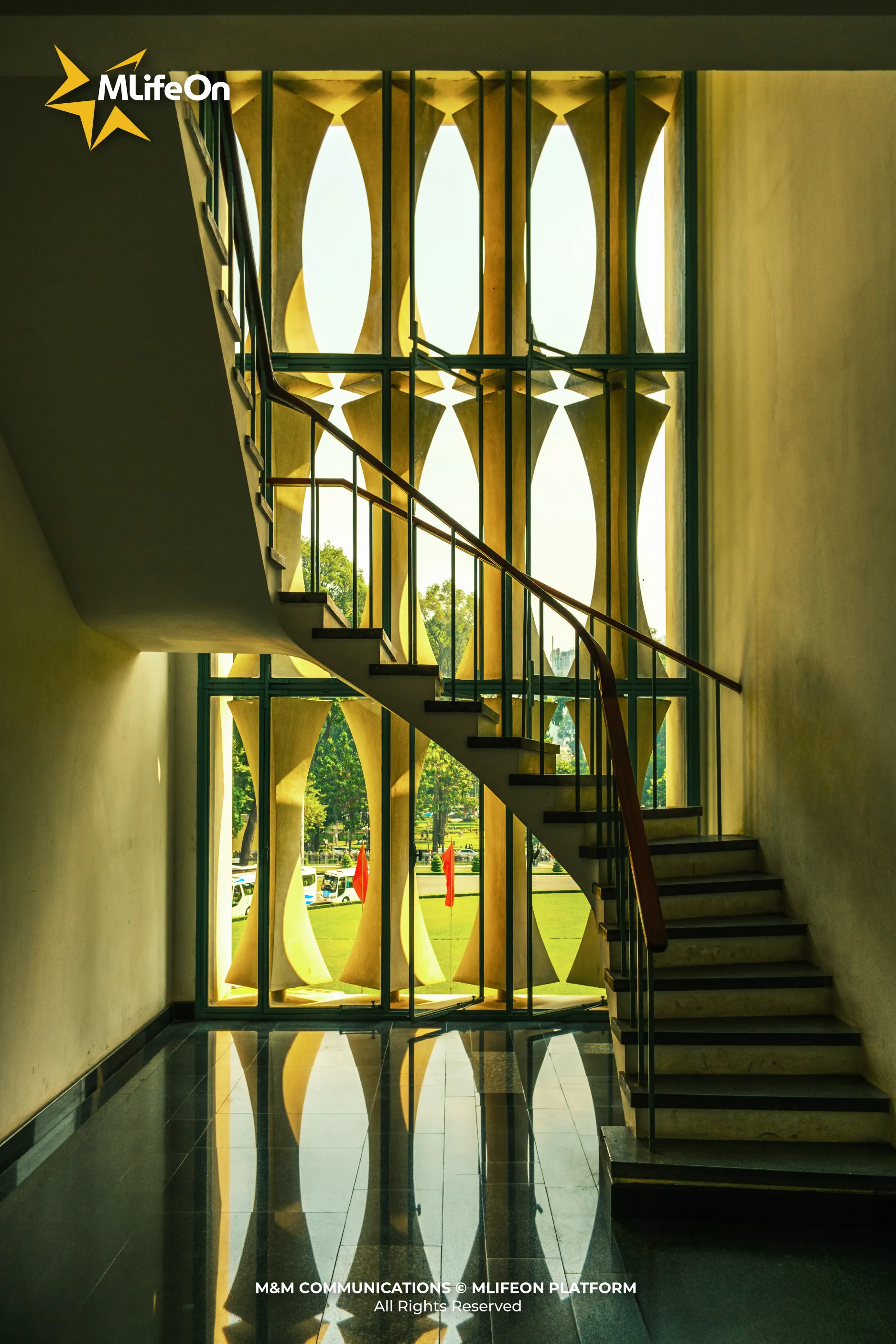
Independence Palace today - a "witness" that lives forever
Both a place to visit and a place to revisit memories, Independence Palace welcomes countless visitors every day. Some are curious about the historical value that the building contains, some are stunned by the beautiful architecture that the building possesses, some love to check-in, some hold in their hearts old memories of a time of bombs and bullets, a time of the past that is far away...
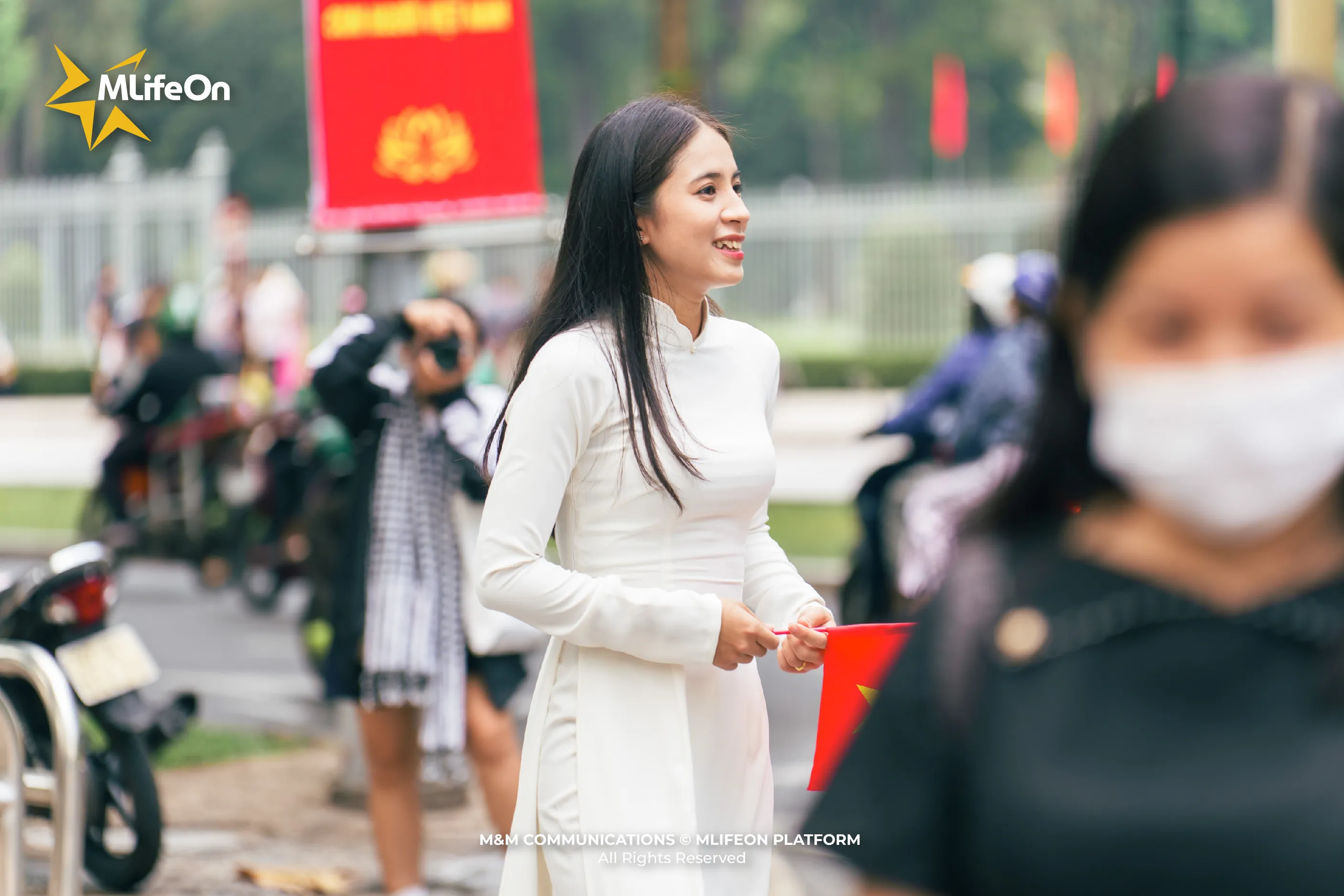
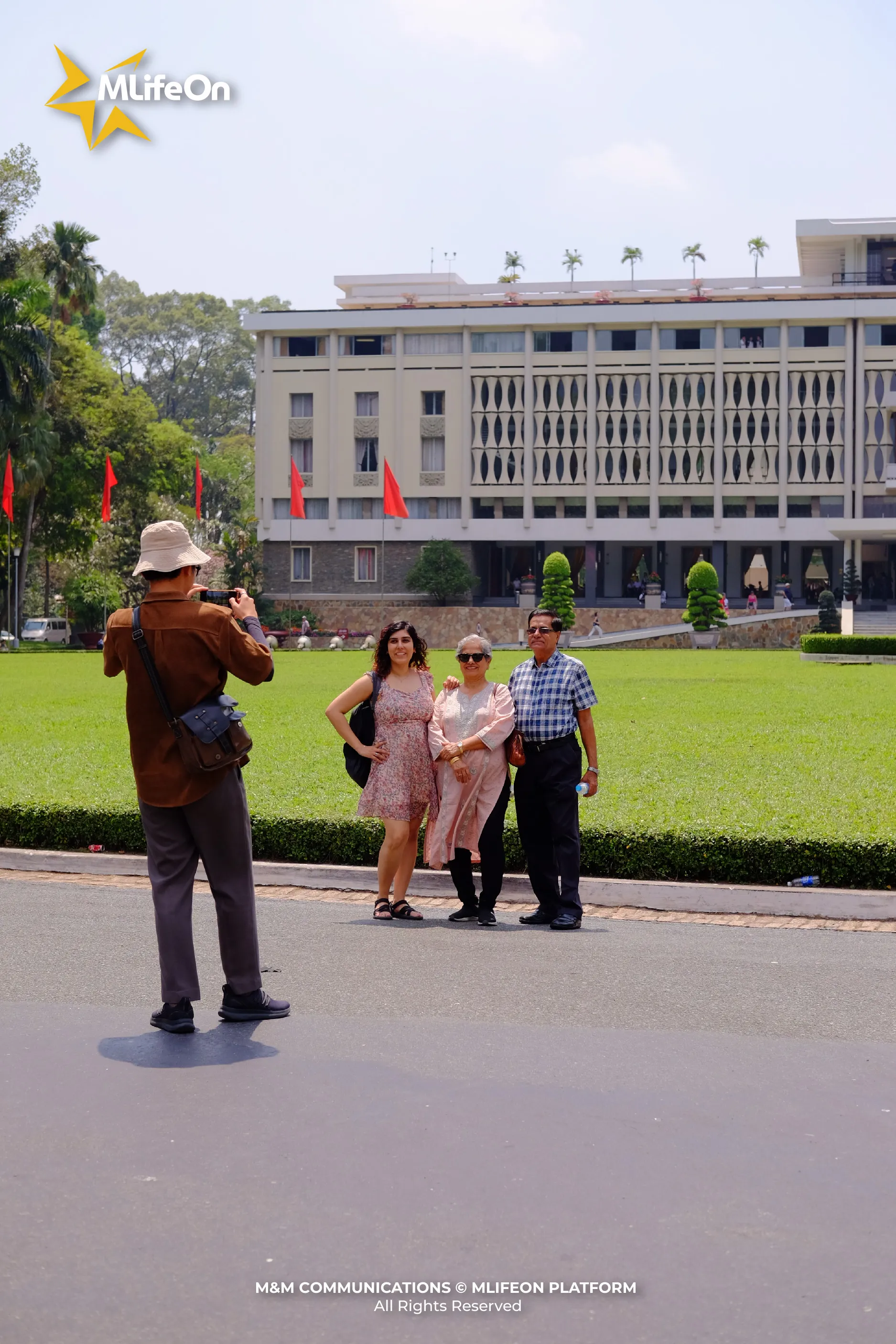
At present, the Independence Palace is a tourist attraction, an attractive historical destination, but the appearance of a building symbolizing the wealth and power of the French government at that time is still unmistakable.
That wealth is clearly shown through each area such as the main hall, the banquet room or the cinema and entertainment room - rooms with modernity and luxury that make visitors stop to admire, listen and read information to learn.
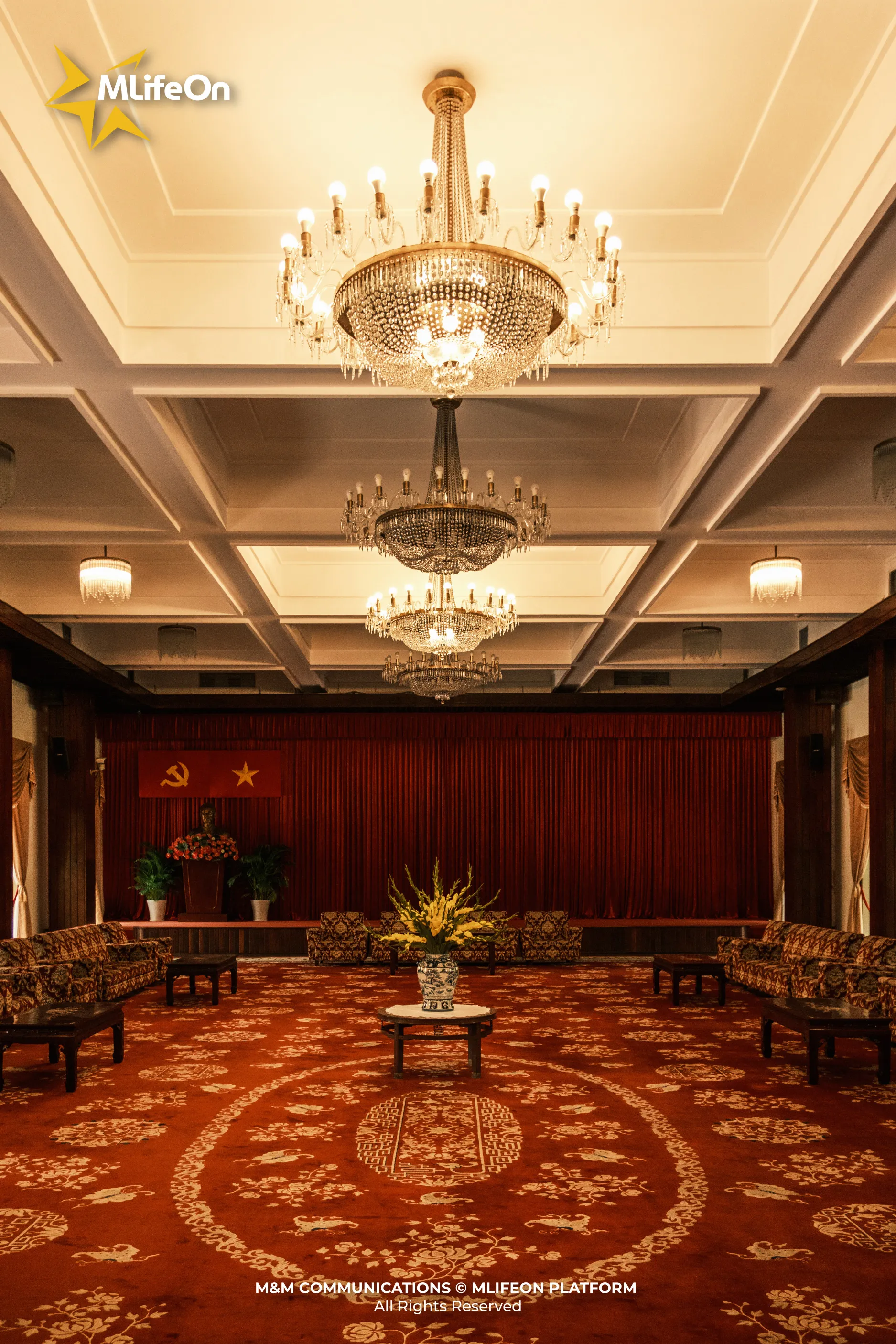
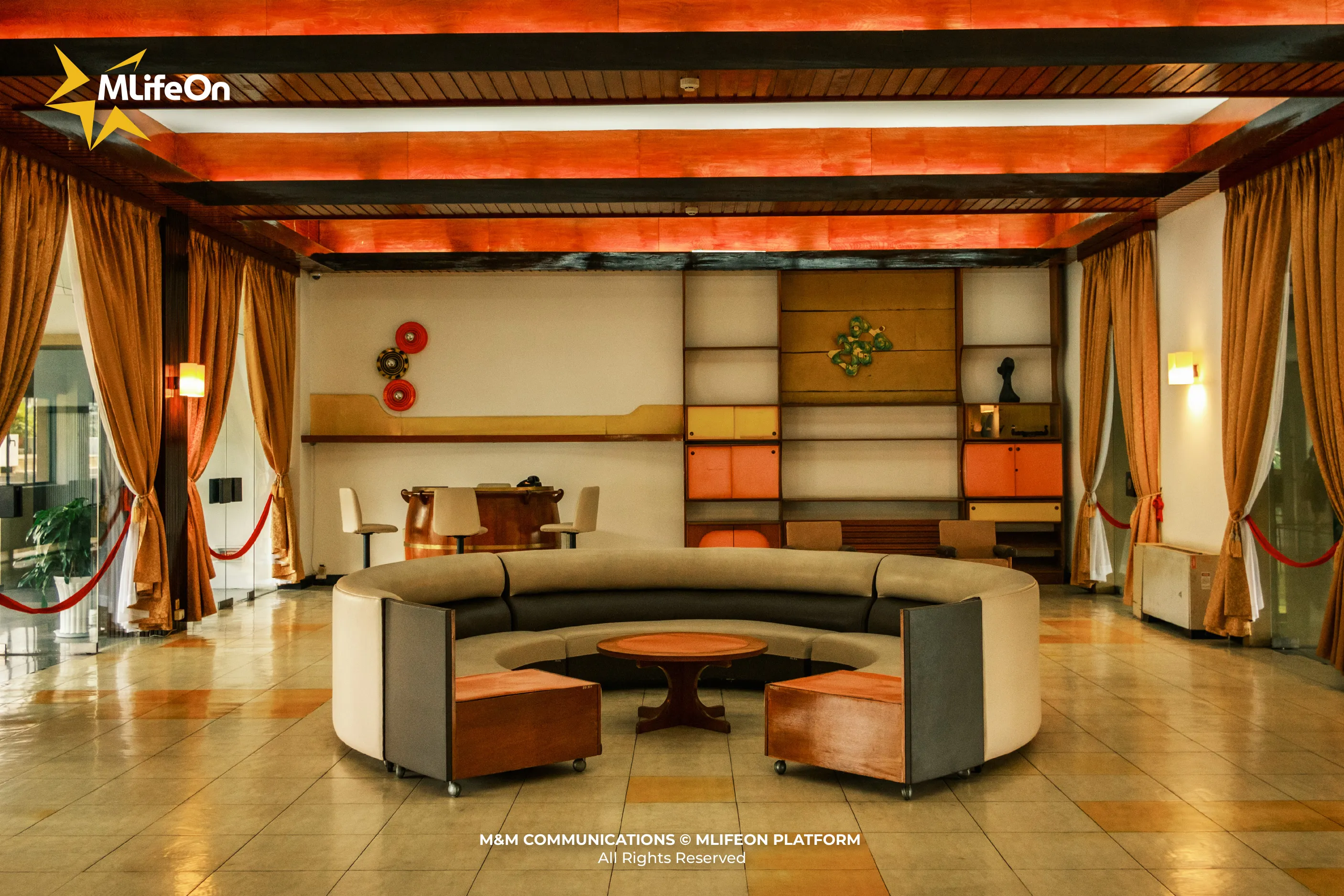
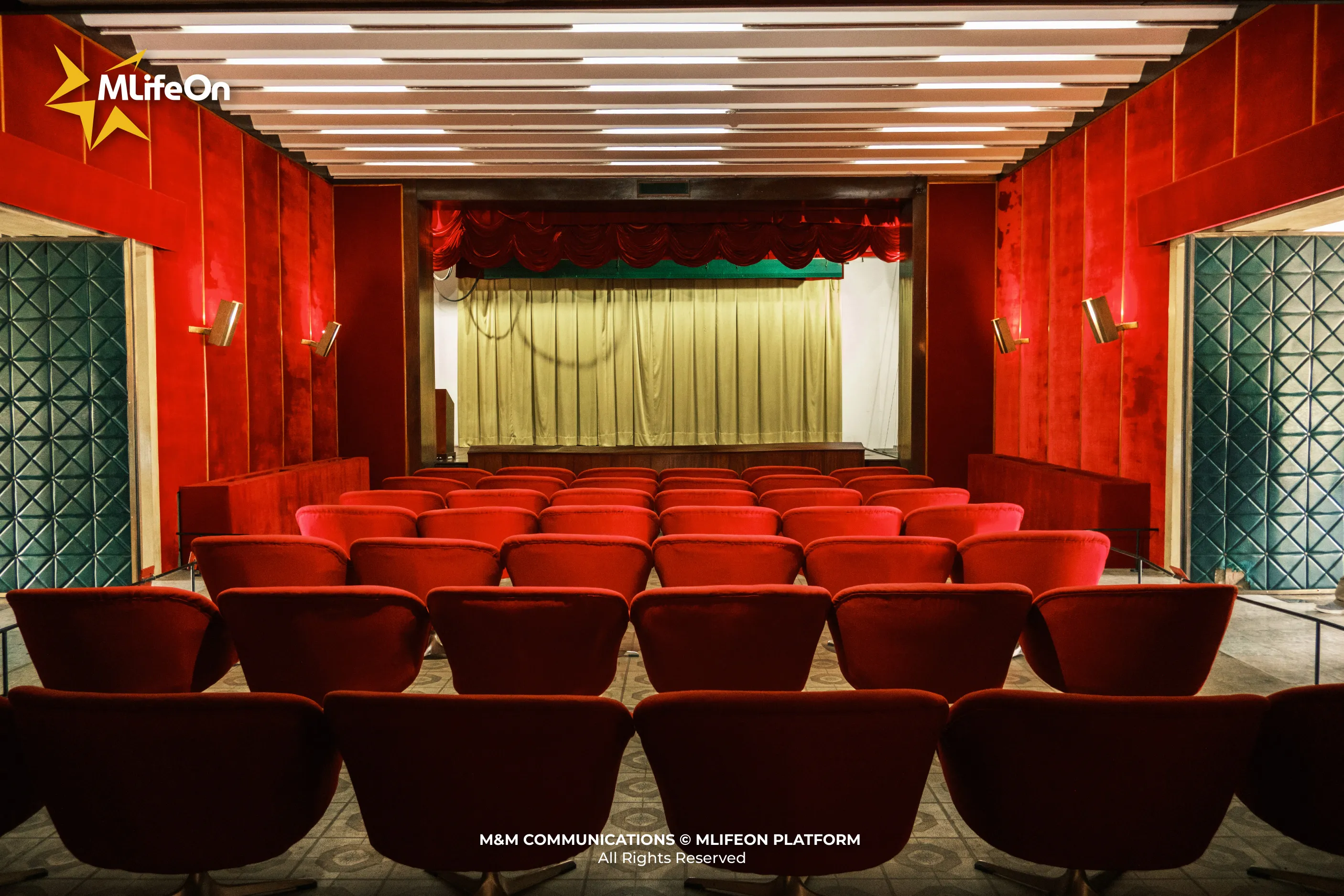
In addition to basic areas such as living room, bedroom, dining area, entertainment area, Independence Palace also has a bunker area with many modern machines and equipment for communication and transmission, and is also a base for military meetings and discussions when necessary.
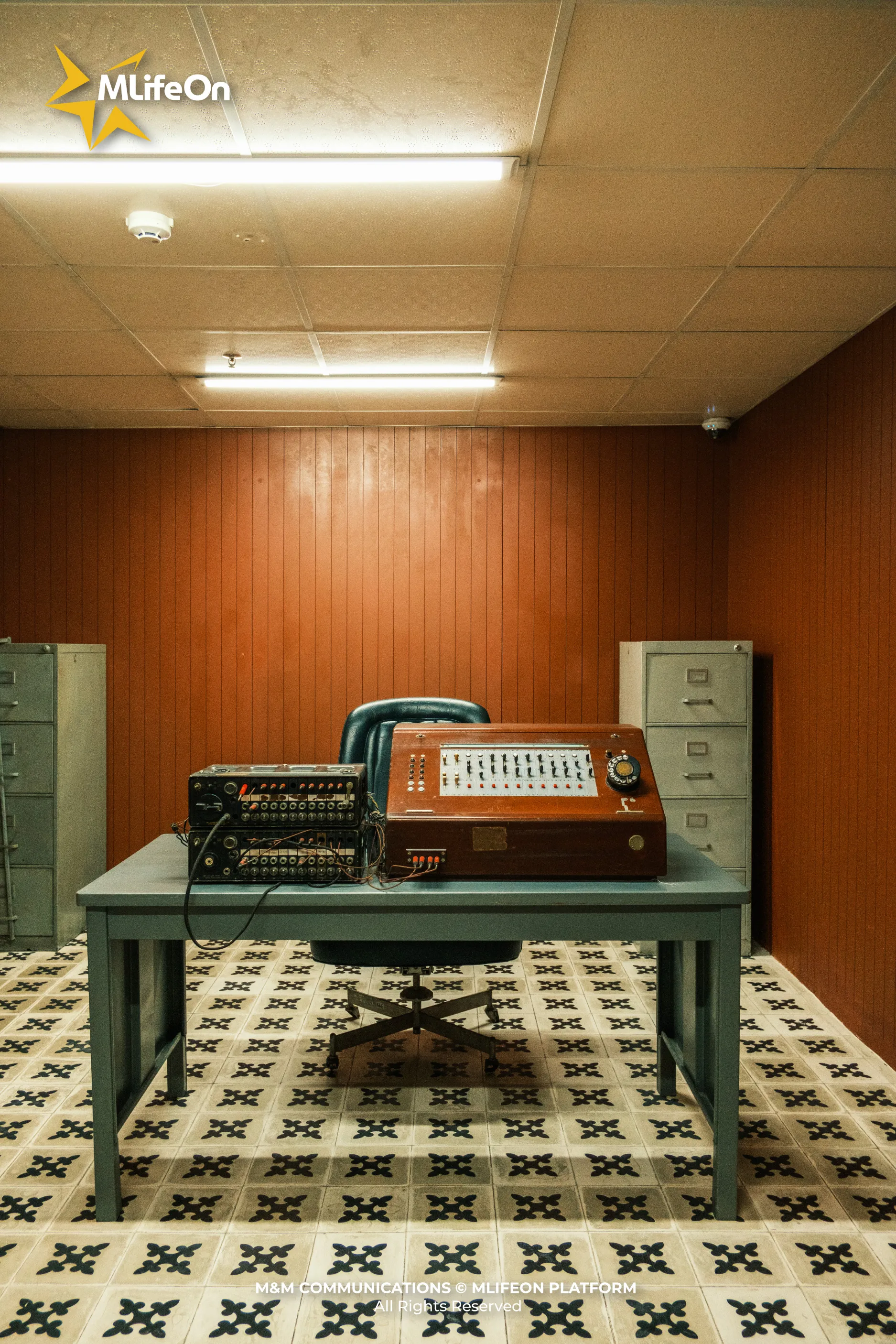
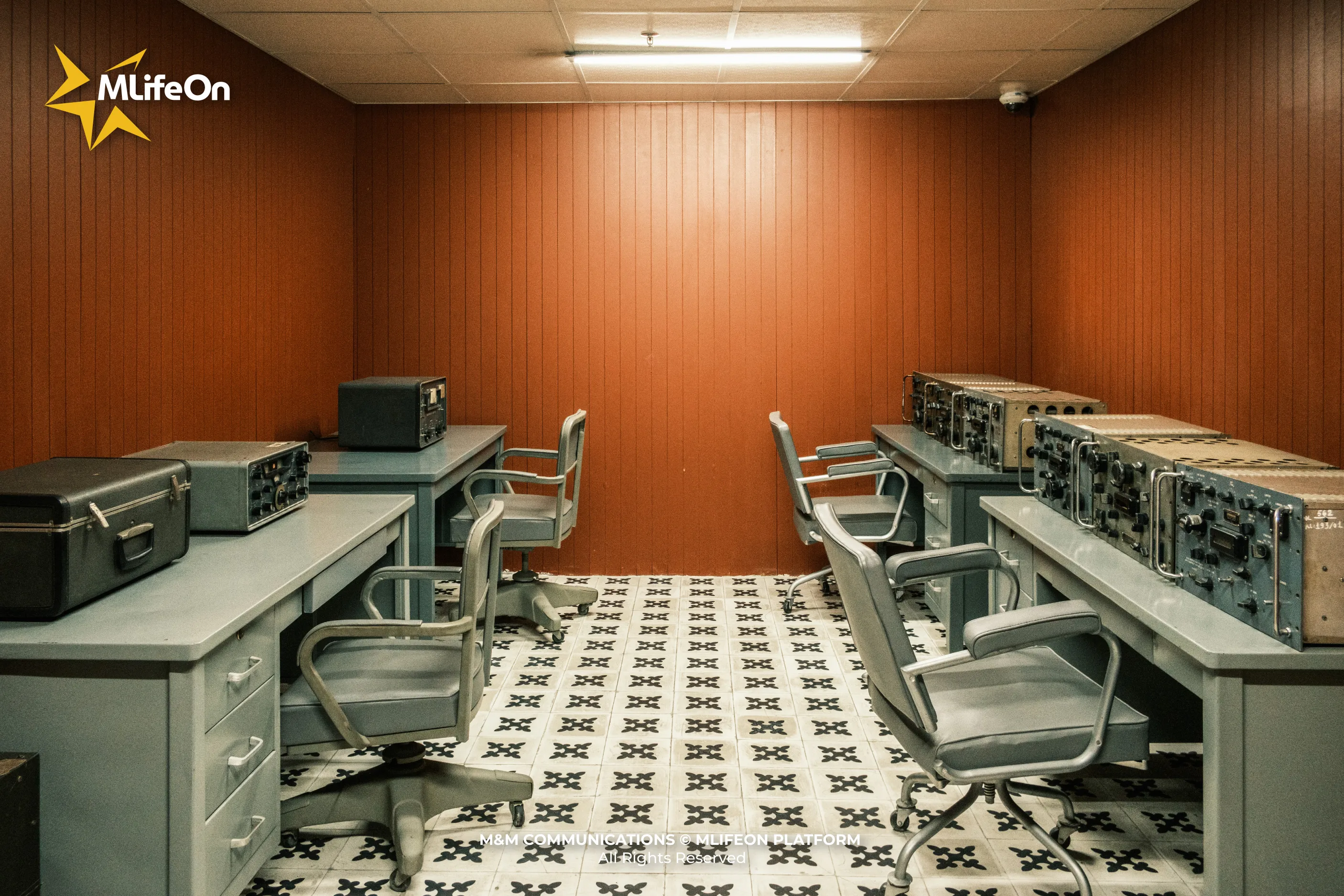
The rooftop area of the building has a helicopter that is always ready to serve President Thieu's business trips, as well as to evacuate and prepare for emergencies if any. The path from the Palace to the helicopter is also very intelligently arranged, taking less than a minute to get to the helicopter.
Besides the main area of the Independence Palace, visitors can also visit the exhibition area - associated with memorable historical figures and periods.
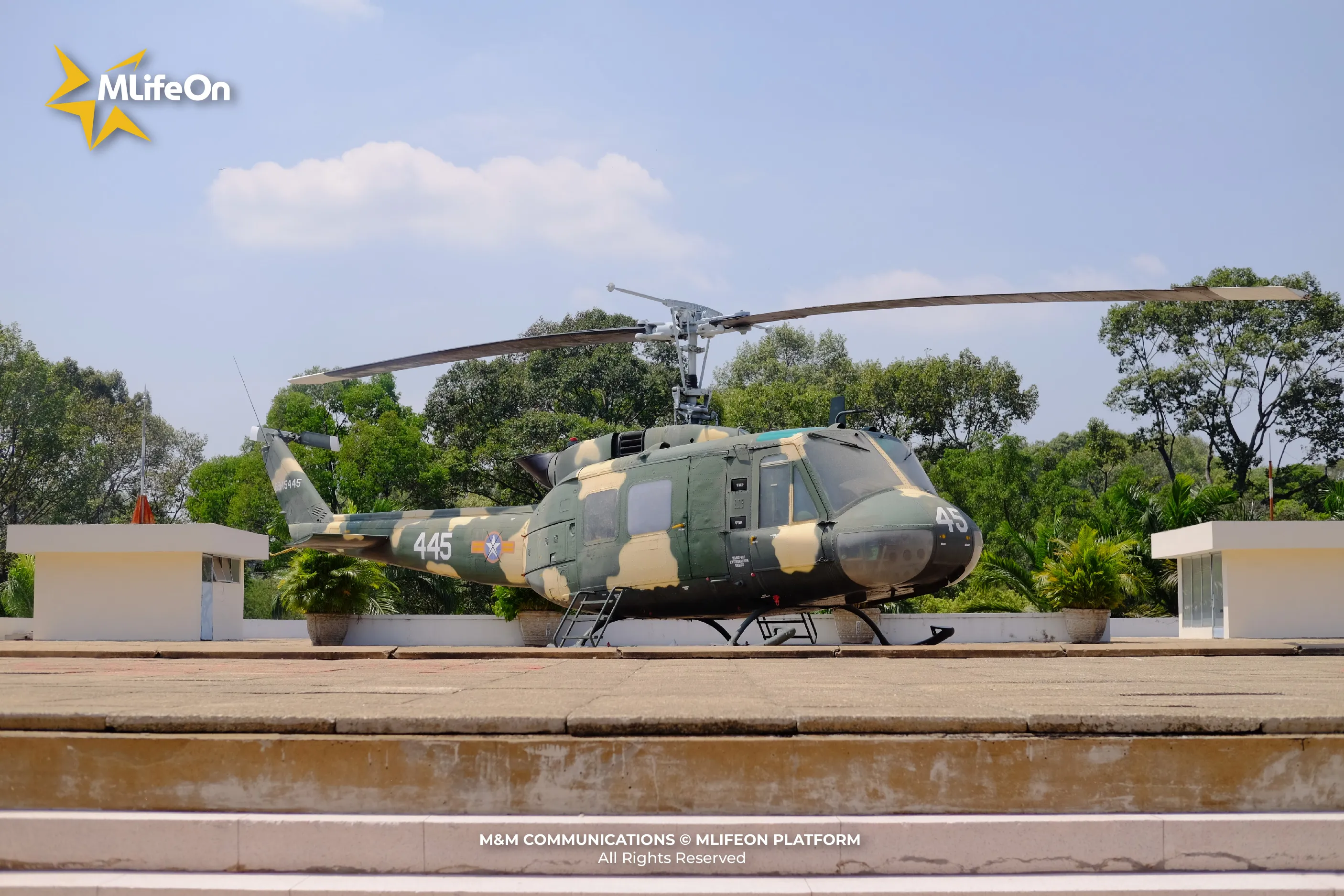
Every Saturday and Sunday, the Independence Palace becomes a place that welcomes many visitors. With about 60,000 VND, you can visit the Palace area, as well as the exhibition room. to learn and explore in detail about the history and people of the previous resistance period.
The Independence Palace is especially crowded when it is closer to the occasions of celebrating national and ethnic holidays, especially when the 30/4 holiday is approaching.
In the joyful atmosphere of the country welcoming the 50th anniversary of the complete liberation of the South and national reunification, the Independence Palace became more bustling than ever.
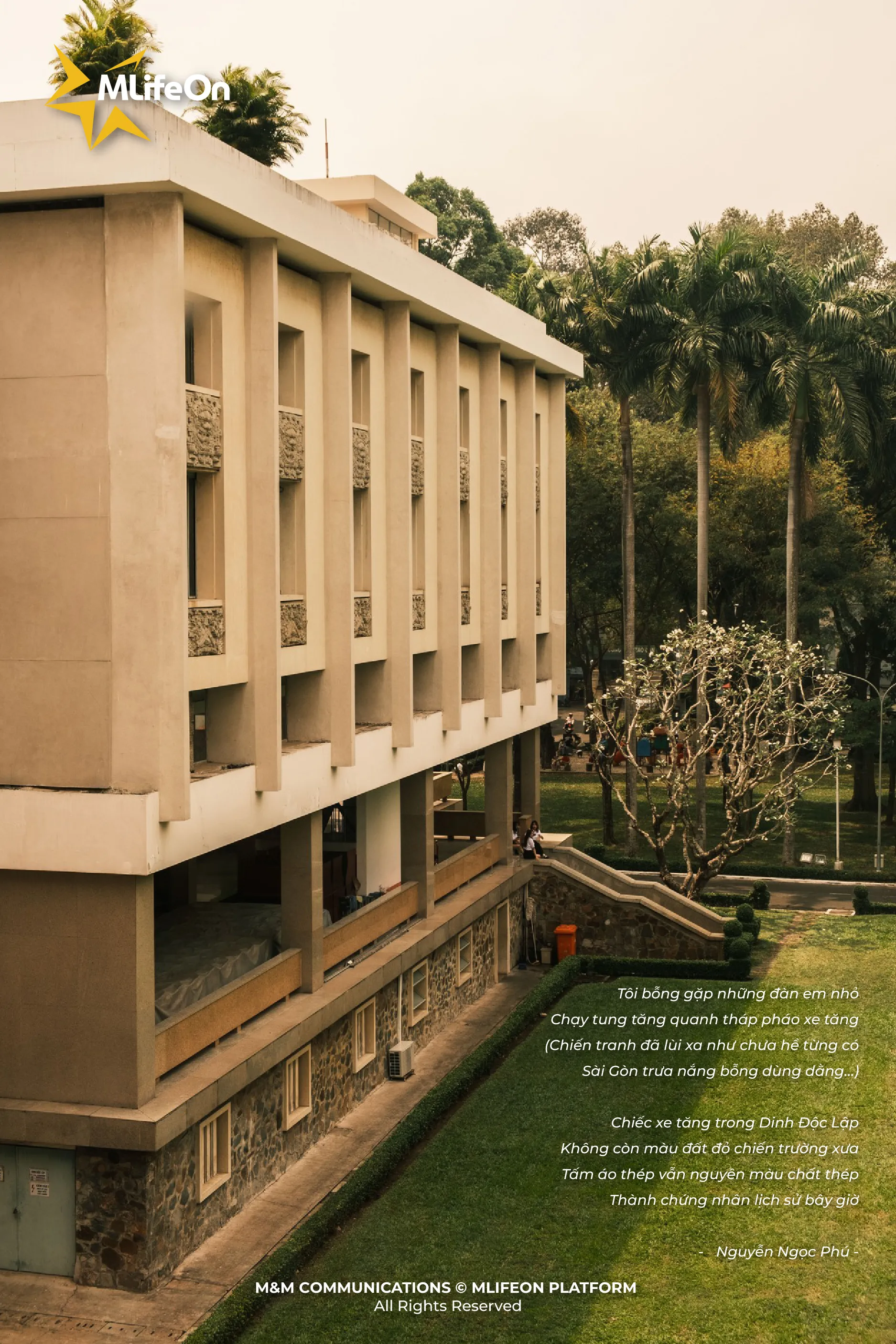
-------
CREDIT:
- Photography: Luan Nguyen, Kien Trang
- Content: Giang Huynh
- Design: Phuong Nguyen





















